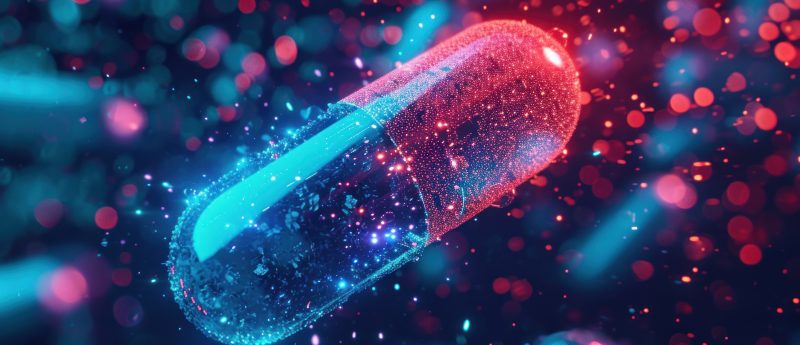Nanosensor screening to detect drug-related damage

Nanoparticle-based sensor developed for in vivo, real-time detection of drug-induced hepatotoxicity.
Scientists at Stanford University (CA ,USA) have developed a nanosensor capable of detecting drug-induced hepatotoxicity in real time. Liver toxicity is a leading cause of drug failure, therefore the detection of oxidative stress markers, reactive oxygen species (ROS) and reactive nitrogen species (RNS), could help to streamline the drug development process. However, until now, direct measurement of these metabolites in the liver has not been easy. Led by Jianghong Rao, researchers have developed nanoparticle-based sensors that can directly detect ROS and RNS in animal livers.
The sensors, based on chemiluminescence–fluorescence semiconducting polymer nanoparticles, include two small organic molecules: one that detects ROS by emitting light when in contact with hydrogen peroxide and the other that detects RNS by changing its fluorescence signal when in contact with peroxynitrite. The sensors were tested in mice, using acetaminophen and isoniazid, and the light-emitting nanoparticles could be seen outside of the animals.
This technique was demonstrated to be useful for detecting toxicity in animals, however, would not yet be suitable for use in humans due to the light not being able to penetrate the greater depth of the human liver. This could be overcome through the use of MRI and positron emission tomography. The scientists hope that detecting liver toxicity will result in fewer toxic drugs and therefore improved success rate in clinical trials.
Source: Shuhendler A, Pu K, Li C, Uetrecht J, Rao J. Real-time imaging of oxidative and nitrosative stress in the liver of live animals for drug-toxicity testing. Nat. Biotechnol. DOI:10.1038/nbt.2838 (Epub ahead of print) (2014).
